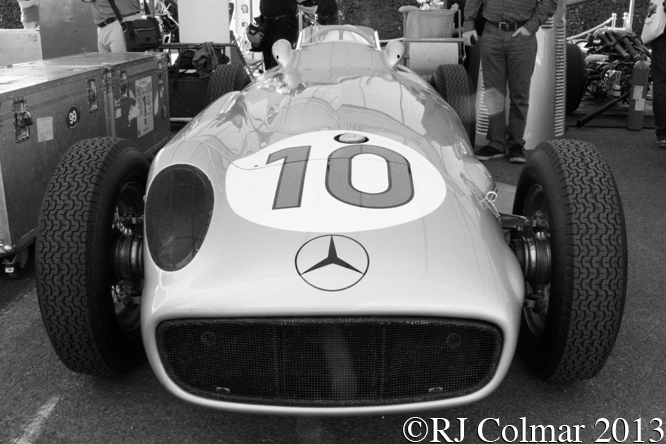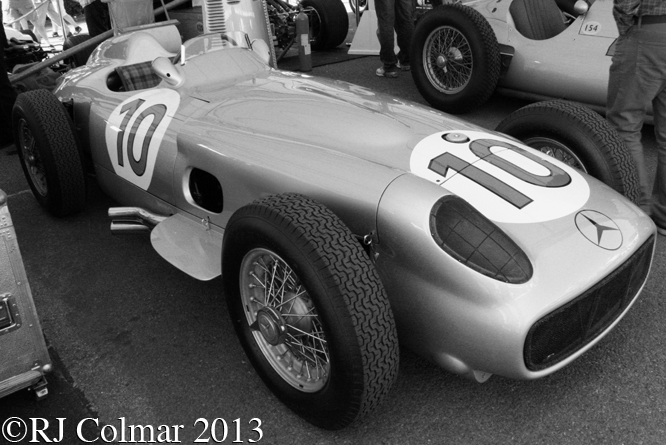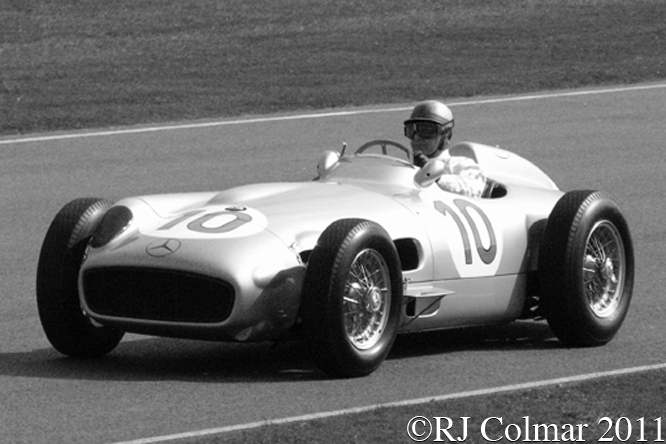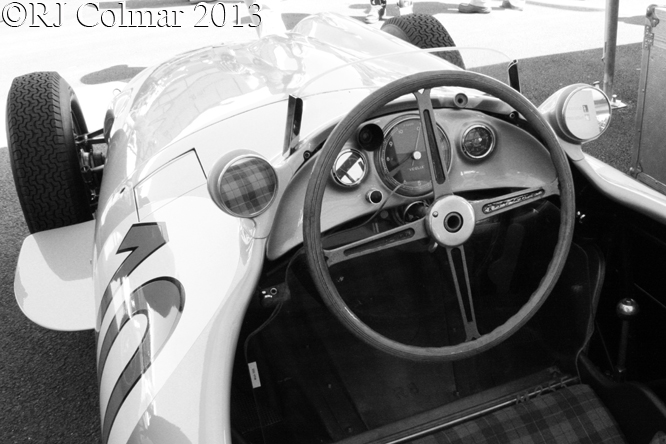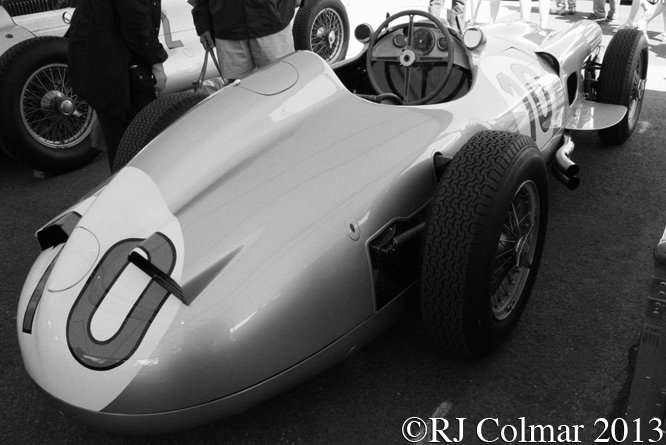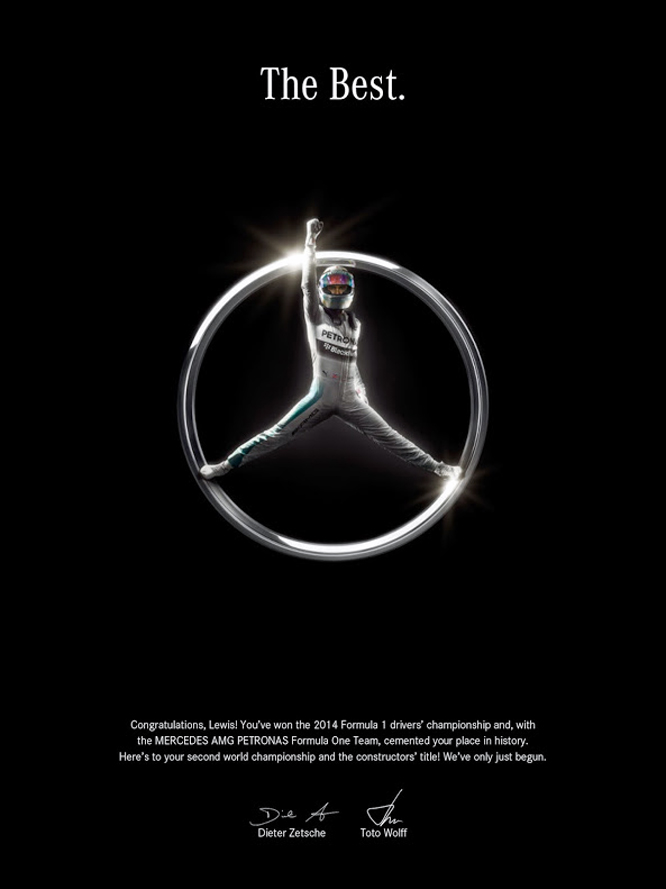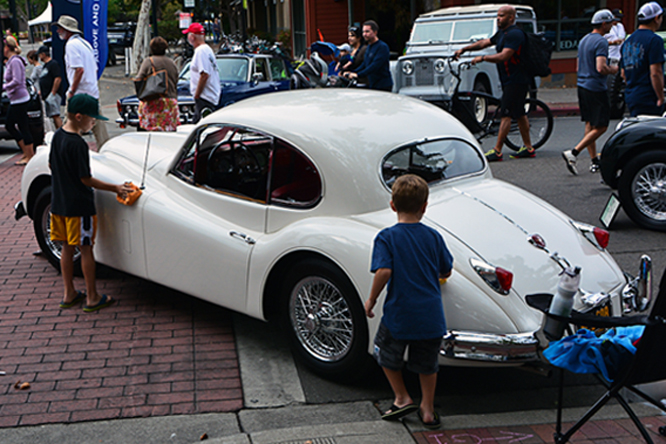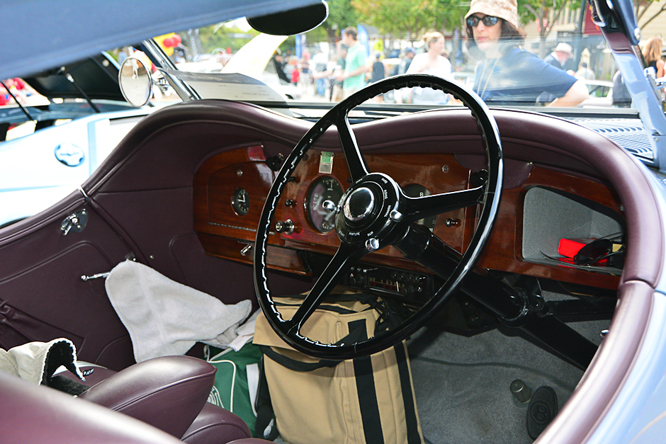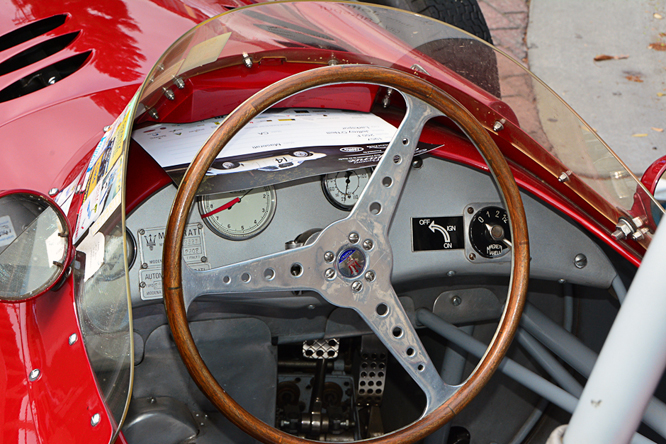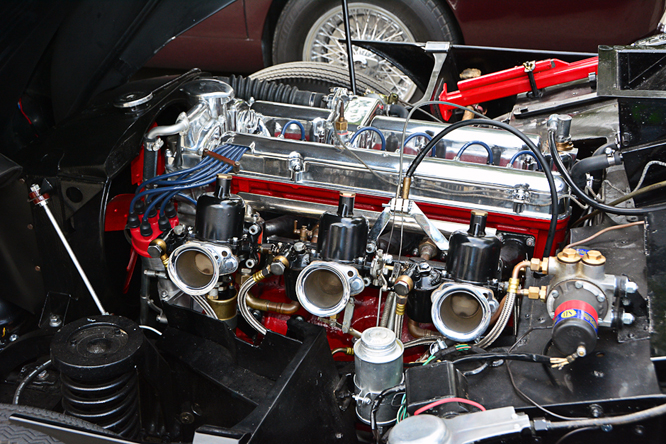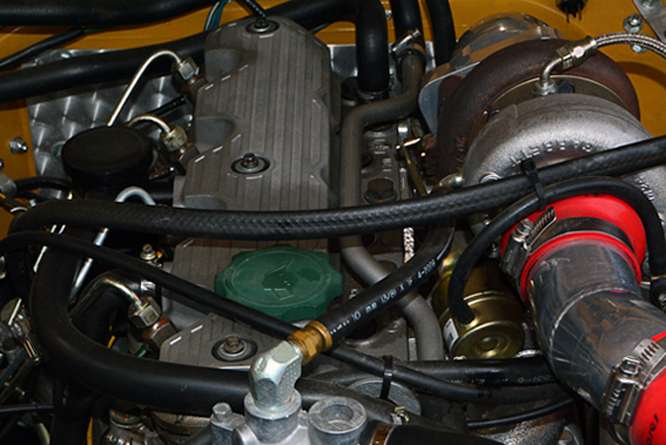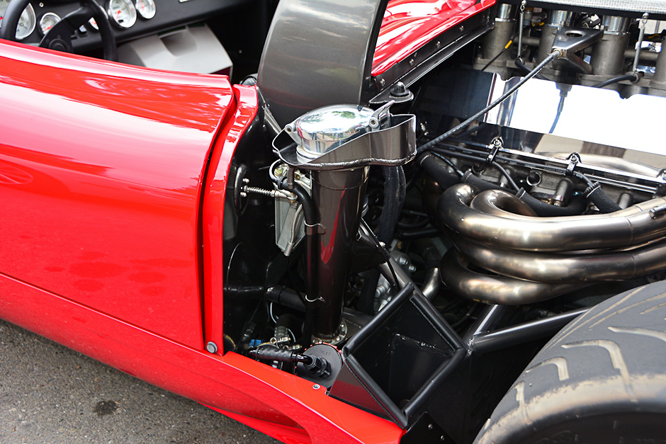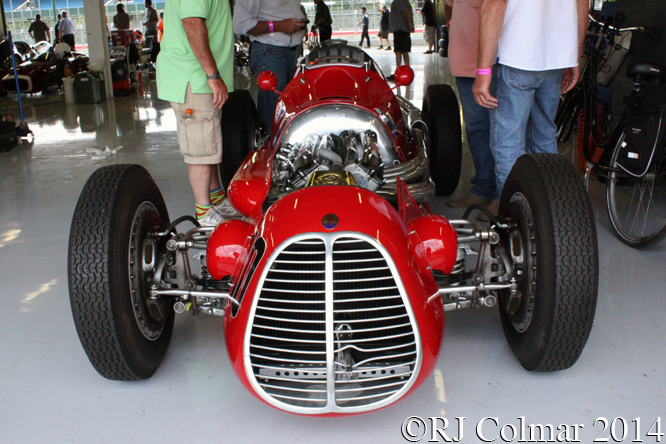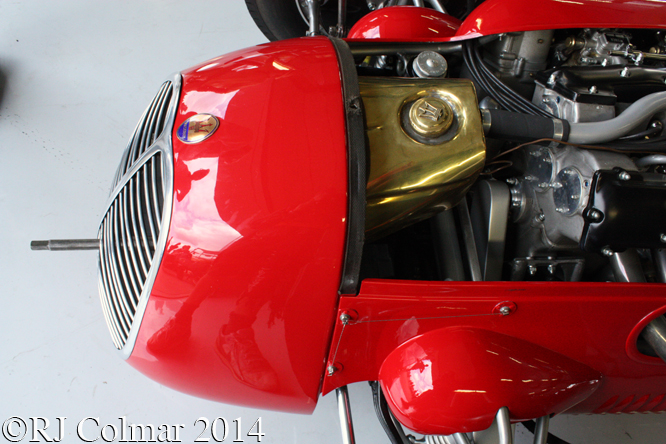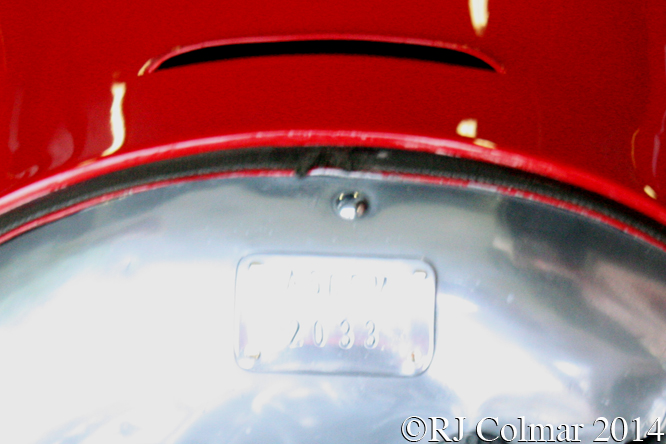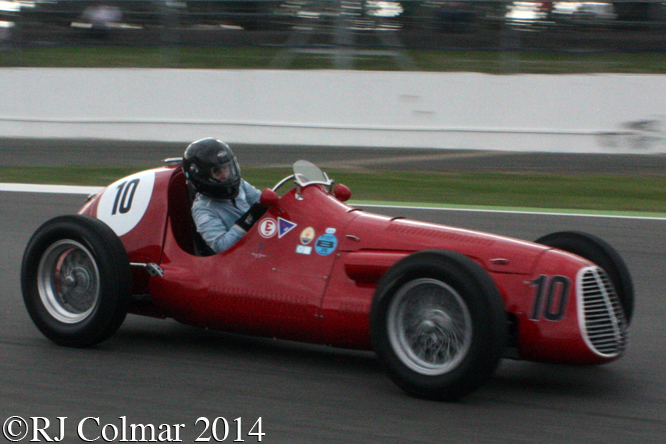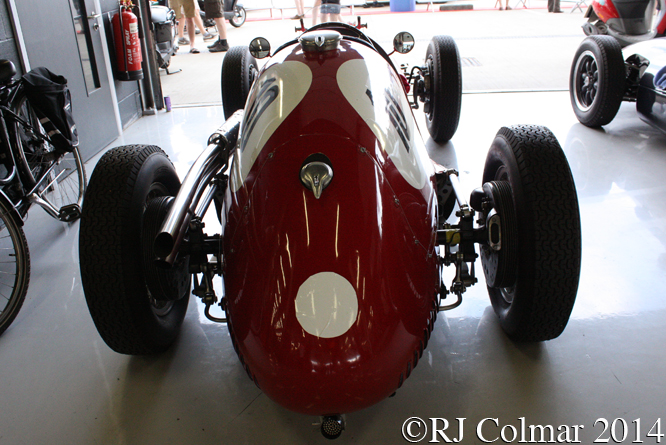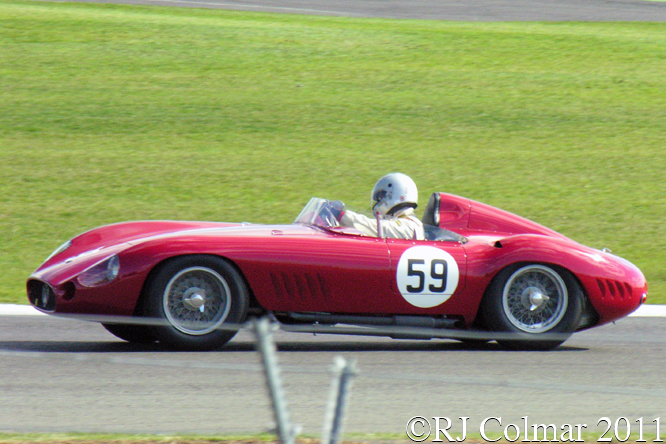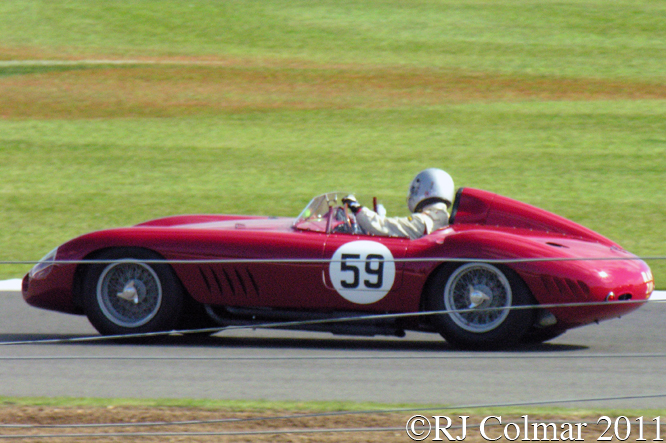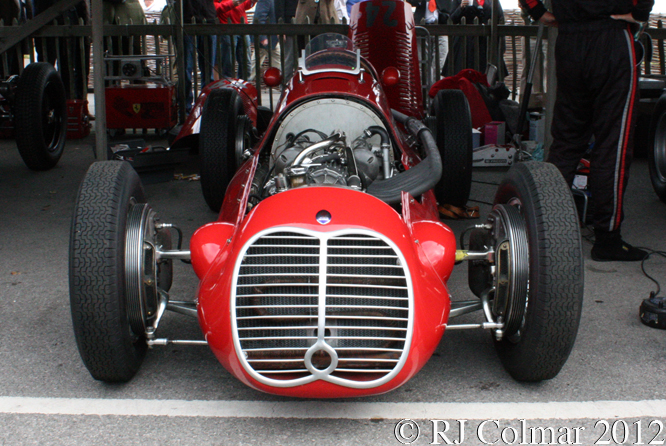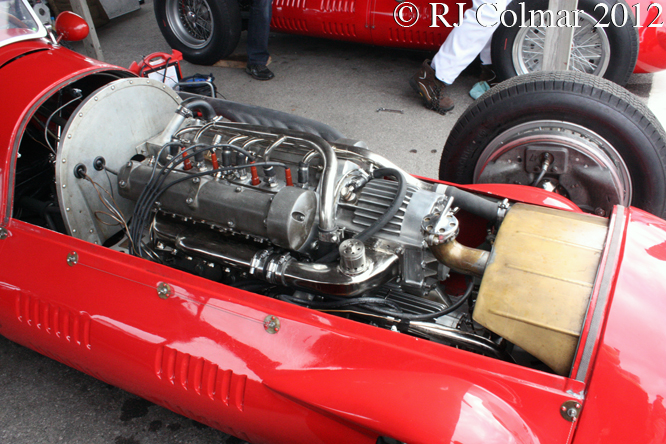Due to strained financial circumstances at the Mercedes Benz factory Rudolf Caracciola and Wilhelm Sebastian had only a privately entered Mercedes Benz SSKL with Mercedes approval at there disposal when they became the first foreign team in the first foreign car to win the 1931 Mille Miglia and the first to ever do so at an average speed of over 100 km per hour.
When Mercedes Benz returned to the event in 1955 they left nothing to chance sending a team of 60 technicians based at their event headquarters with spares and sufficient for their four 300 SLR entries.

Team manager Alfred Neubauer insisted each of the drivers were to drive the 1000 mile course a minimum of five times in preparation for the event, Karl Kling is believed to have driven at least 30,000 miles in his preparations.
Following the death of his co driver Daniel Urrutia in 1948 while competing in Peru Juan Manuel Fangio never drove in a competitive event with a co driver again, and so Juan made his own preparations for the 1955 Mille Miglia driving a FIAT 1100.
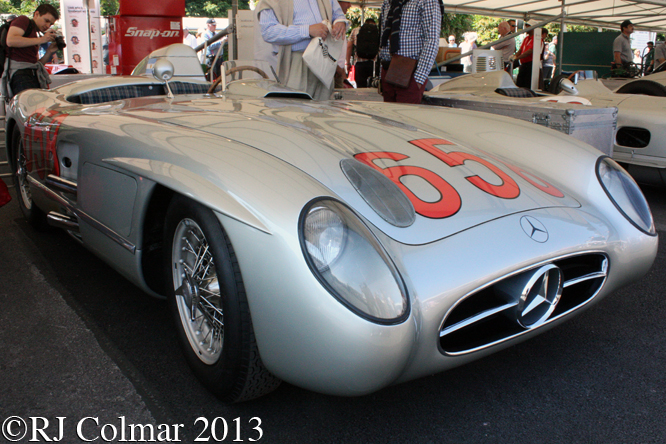
Before the first six hours of the race had been completed both Karl Kling driving solo and the Hans Herrmann / Hermann Eger crewed 300SLR’s had crashed out of the race.
However Stirling Moss aided by directions from 1949 World Champion Motor Cylce side car passenger Denis Jenkinson, who had meticulously made course notes on 15 feet of paper all carefully rolled into a device devised for bomber command during WW2 came home winners covering the 1,000 miles 6 hours faster than Caricciola in just over 10 hours at a record average speed just short of 100 mph, having covered the stretch from Cremona to Brescia at just under 124 mph.
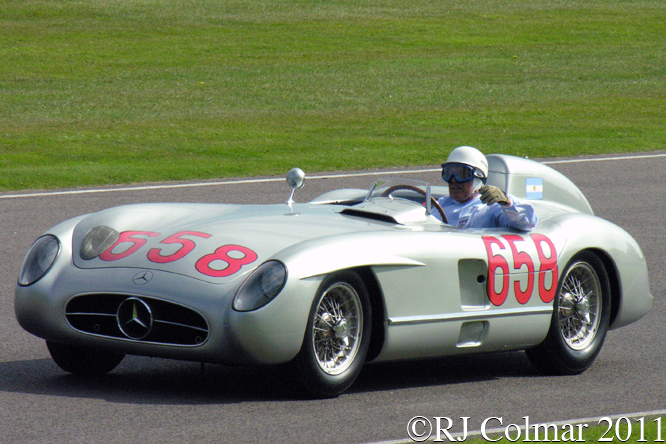
In second place 31m 45 seconds behind the winning #722 came Juan in today’s featured #658 chassis # no.3 despite the fact his eight cylinder 3 litre / 183 cui engine was only firing on 7 cylinders to complete in my humble opinion one of the all time greatest 1-2 finishes in all of sports car racing.
28 days after finishing the Mille Miglia Juan stepped back in to # no.3 to drive it to victory in the Eifelrennen at the Nürburgring.
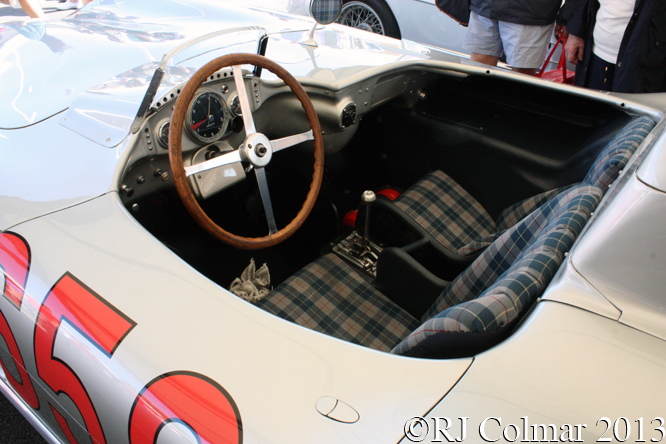
In August 1955 having wrapped up his third World Formula One championship due to the cancellation of several Grand Prix in the wake of the 1955 Le Mans disaster Juan drove # no.3 for a third time to with the Swedish Grand Prix run for sports cars.
Wolfgang von Trips, André Simon and Karl Kling all drove this car in the Tourist Trophy in September 1955 run at Dundrod to complete a 1-2-3 victory behind the sister cars driven by Stirling sharing with John Fitch and the second placed car driven by Juan and Karl.
Finally in October 1955 Juan and Karl teamed up again this time to drive # no.3 in the Targa Florio to finish second behind the sister 300SLR driven by Moss and Peter Collins.
Stirling Moss is seen in the photograph above demonstrating #658 at the Goodwood Revival a couple of years ago and the connecting rod seen above was a gift from Mercedes Benz to Denis Jenkinson and comes from the Mille Miglia winning #722.
Thanks for joining me on this “All Time Greatest One-Two” edition of “Gettin’ a li’l psycho on tyres” I hope you will join me for Mazda Monday tomorrow. Don’t forget to come back now !


